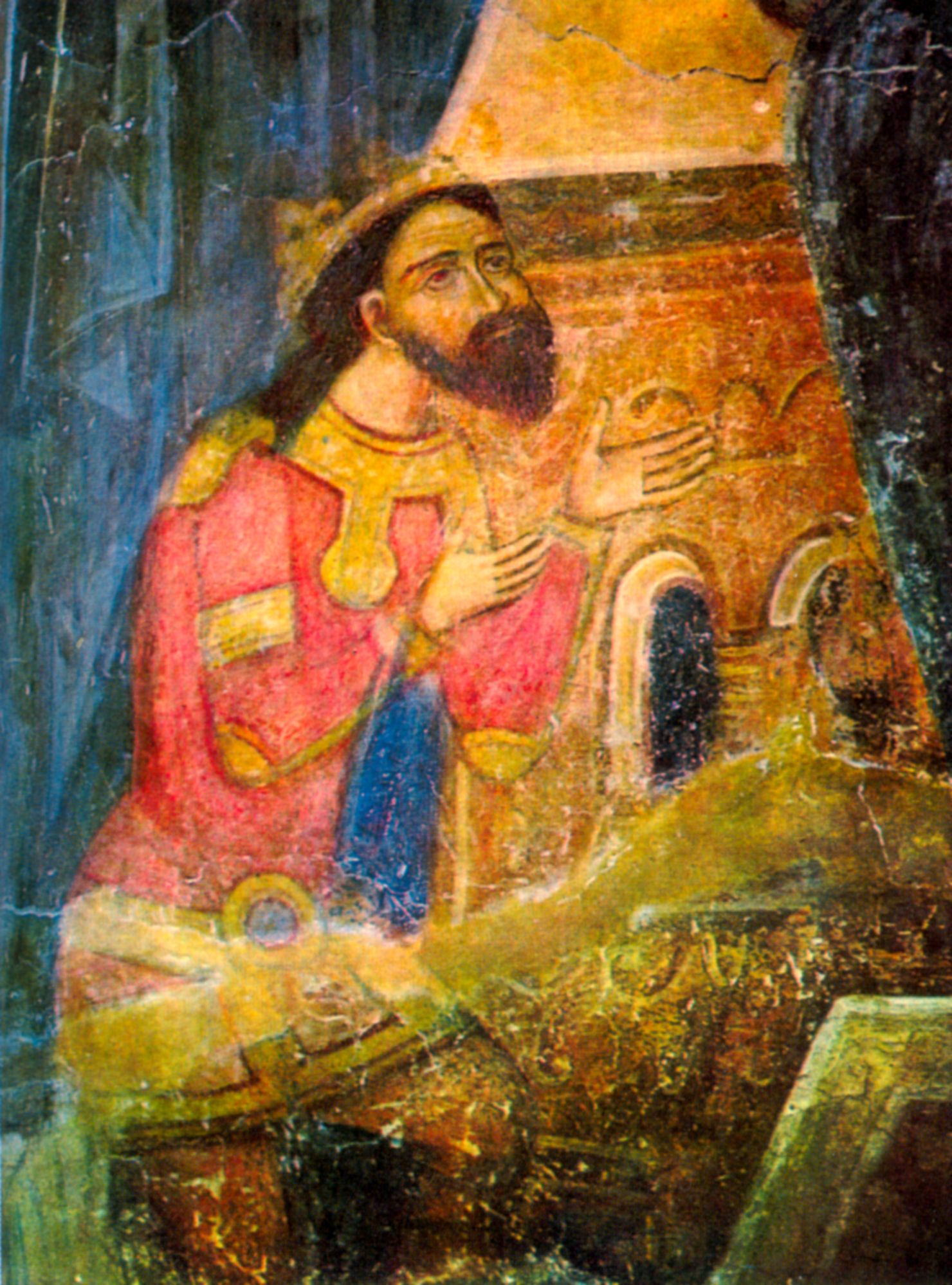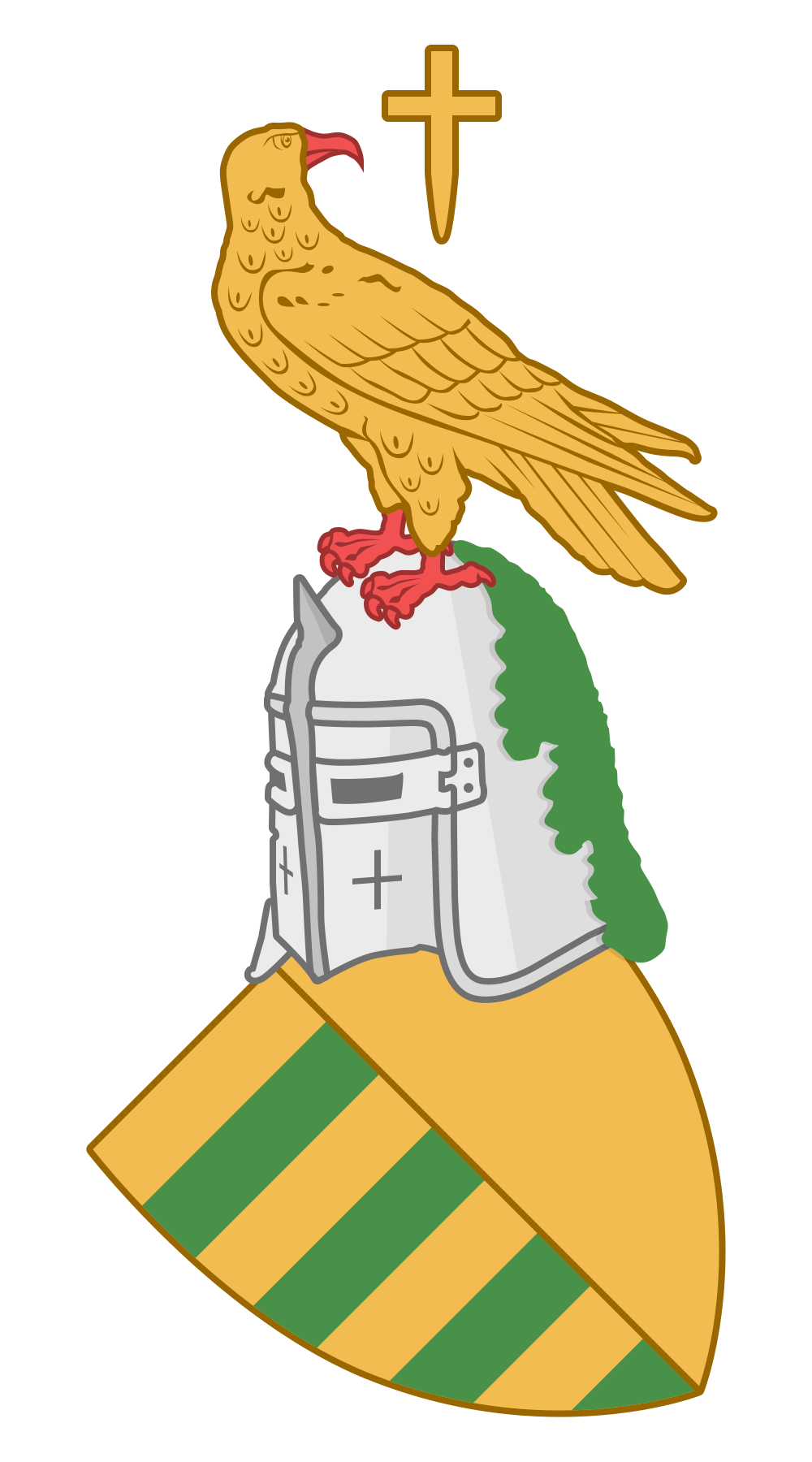|
Vlad Vintilă De La Slatina
Vlad VII Vintilă de la Slatina (died 1535) was a Wallachian nobleman who reigned as the principality's ''voivode'' from 1532 to 1535. He was assassinated during a hunting expedition near Craiova Craiova (, also , ), is Romania's 6th Cities in Romania, largest city and capital of Dolj County, and situated near the east bank of the river Jiu River, Jiu in central Oltenia. It is a longstanding political center, and is located at approximatel .... Mugurel Manea"Vintilă Vodă, cel mai crud domnitor al Oltului" ''Adevărul'', March 10, 2013; accessed June 17, 2013 References 1535 deaths Rulers of Wallachia 16th-century rulers in Europe Assassinated heads of state Year of birth unknown {{Europe-noble-stub ... [...More Info...] [...Related Items...] OR: [Wikipedia] [Google] [Baidu] |
List Of Rulers Of Wallachia
This is a list of rulers of Wallachia, from the first mention of a medieval polity situated between the Southern Carpathians and the Danube until the union with Moldavia in 1859, which led to the creation of Romania. Notes Dynastic rule is hard to ascribe, given the loose traditional definition of the ruling family. On principle, princes were chosen from any family branch, including a previous ruler's bastard sons, being defined as ''os de domn'', "of Voivode marrow", or as having ''heregie'', "heredity" (from the Latin ''hereditas''); the institutions charged with the election, dominated by the boyars, had fluctuating degrees of influence. The system itself was challenged by usurpers, and became obsolete with the Phanariote epoch, when rulers were appointed by the Ottoman Sultans; between 1821 and 1878 (the date of Romania's independence), various systems combining election and appointment were put in practice. Wallachian rulers, like the Moldavian rulers, bore the titles of ''V ... [...More Info...] [...Related Items...] OR: [Wikipedia] [Google] [Baidu] |
Craiova
Craiova (, also , ), is Romania's 6th Cities in Romania, largest city and capital of Dolj County, and situated near the east bank of the river Jiu River, Jiu in central Oltenia. It is a longstanding political center, and is located at approximately equal distances from the Southern Carpathians (north) and the Danube, River Danube (south). Craiova is the chief commercial city west of Bucharest and the most important city of Oltenia. The city prospered as a regional trading centre despite an earthquake in 1790, a plague in 1795, and a Ottoman Empire, Turkish assault in 1802 during which it was burned. Eight villages are administered by the city: Făcăi, Mofleni, Popoveni, Șimnicu de Jos, Cernele, Cernelele de Sus, Izvoru Rece, and Rovine. The last four were a separate commune called ''Cernele'' until 1996, when they were merged into the city. Etymology and names There are two possible etymologies for Craiova: Common Slavonic, Old Slavonic ''wikt:kral, kral'' ("king"), which has be ... [...More Info...] [...Related Items...] OR: [Wikipedia] [Google] [Baidu] |
16th-century Rulers In Europe
The 16th century begins with the Julian year 1501 ( MDI) and ends with either the Julian or the Gregorian year 1600 ( MDC) (depending on the reckoning used; the Gregorian calendar introduced a lapse of 10 days in October 1582). The 16th century is regarded by historians as the century which saw the rise of Western civilization and the Islamic gunpowder empires. The Renaissance in Italy and Europe saw the emergence of important artists, authors and scientists, and led to the foundation of important subjects which include accounting and political science. Copernicus proposed the heliocentric universe, which was met with strong resistance, and Tycho Brahe refuted the theory of celestial spheres through observational measurement of the 1572 appearance of a Milky Way supernova. These events directly challenged the long-held notion of an immutable universe supported by Ptolemy and Aristotle, and led to major revolutions in astronomy and science. Galileo Galilei became a champion o ... [...More Info...] [...Related Items...] OR: [Wikipedia] [Google] [Baidu] |
Rulers Of Wallachia
This is a list of rulers of Wallachia, from the first mention of a medieval polity situated between the Southern Carpathians and the Danube until the union with Moldavia in 1859, which led to the creation of Romania. Notes Dynastic rule is hard to ascribe, given the loose traditional definition of the ruling family. On principle, princes were chosen from any family branch, including a previous ruler's bastard sons, being defined as ''os de domn'', "of Voivode marrow", or as having ''heregie'', "heredity" (from the Latin ''hereditas''); the institutions charged with the election, dominated by the boyars, had fluctuating degrees of influence. The system itself was challenged by usurpers, and became obsolete with the Phanariote epoch, when rulers were appointed by the Ottoman Sultans; between 1821 and 1878 (the date of Romania's independence), various systems combining election and appointment were put in practice. Wallachian rulers, like the Moldavian rulers, bore the titles of ''V ... [...More Info...] [...Related Items...] OR: [Wikipedia] [Google] [Baidu] |
1535 Deaths
__NOTOC__ Year 1535 ( MDXXXV) was a common year starting on Friday (link will display the full calendar) of the Julian calendar. Events January–June * January 18 – Lima, Peru, is founded by Francisco Pizarro, as '' Ciudad de los Reyes''. * February 27 – George Joye publishes his ''Apologye'' in Antwerp, to clear his name from the accusations of William Tyndale. * March – English forces under William Skeffington storm Maynooth Castle in Ireland, the stronghold of Thomas FitzGerald, 10th Earl of Kildare. * March 10 – Fray Tomás de Berlanga discovers the Galápagos Islands, when blown off course ''en route'' to Peru. * May 4 – The first of the English Carthusian Martyrs is executed. * May 10 – Amsterdam: A small troop of Anabaptists, led by the minister Jacob van Geel, attacks the city hall, in an attempted coup to seize the city. In the counter-attack by the city's militia, the burgemeester, Pieter Colijns, is killed by the rebels. I ... [...More Info...] [...Related Items...] OR: [Wikipedia] [Google] [Baidu] |
List Of Wallachian Rulers
This is a list of rulers of Wallachia, from the first mention of a medieval polity situated between the Southern Carpathians and the Danube until the union with Moldavia in 1859, which led to the creation of Romania. Notes Dynastic rule is hard to ascribe, given the loose traditional definition of the ruling family. On principle, princes were chosen from any family branch, including a previous ruler's bastard sons, being defined as ''os de domn'', "of Voivode marrow", or as having ''heregie'', "heredity" (from the Latin ''hereditas''); the institutions charged with the election, dominated by the boyars, had fluctuating degrees of influence. The system itself was challenged by usurpers, and became obsolete with the Phanariote epoch, when rulers were appointed by the Ottoman Sultans; between 1821 and 1878 (the date of Romania's independence), various systems combining election and appointment were put in practice. Wallachian rulers, like the Moldavian rulers, bore the titles of ''V ... [...More Info...] [...Related Items...] OR: [Wikipedia] [Google] [Baidu] |
Moise Of Wallachia
Moise (died 29 August 1530) was a Voivode (Prince) of Wallachia from January or March 1529 to June 1530, son of Vladislav III. His rule marks the willingness of the boyars to compromise, in order to prevent rules like that of Basarab VI - in which the Ottomans appointed the Prince and profited of his submission. Moise initially maintained a close relationship with Sultan Suleiman the Magnificent: on Turkish orders, he sent an embassy to Sibiu demanding that the Transylvanian city submit to Ottoman vassal Hungarian King John Zápolya; when refused, Moise's army, placed under the leadership of Seneschal Drăgan din Merişani and Neagoe din Periş (the assassins of Radu de la Afumaţi and, possibly, of Basarab V) attacked and plundered the outskirts. After the Siege of Vienna, the Prince attempted to cut off his country's links to the Porte and align it with Ferdinand of Austria and Ferdinand's regional ally, Moldavian Prince Petru Rareş. This move was backed by the Craioveş ... [...More Info...] [...Related Items...] OR: [Wikipedia] [Google] [Baidu] |
Basarab
The House of Basarab (also Bazarab or Bazaraad, ro, Basarab ) was a ruling family of debated Cuman origin, Terterids and Shishmanids) and the Wallachian dynasty (Basarabids). They also played an active role in Byzantium, Hungary and Serbia, with Cuman immigrants being integrated into each country's elite. which had an important role in the establishing of the Principality of Wallachia, giving the country its first line of Princes, one closely related with the Mușatin rulers of Moldavia. Its status as a dynasty is rendered problematic by the official elective system, which implied that male members of the same family, including illegitimate offspring, were chosen to rule by a council of boyars (more often than not, the election was conditioned by the military force exercised by candidates). After the rule of Alexandru I Aldea (ended in 1436), the house was split by the conflict between the Dănești and the Drăculești, both of which claimed legitimacy. Several late rulers ... [...More Info...] [...Related Items...] OR: [Wikipedia] [Google] [Baidu] |
Voivode
Voivode (, also spelled ''voievod'', ''voevod'', ''voivoda'', ''vojvoda'' or ''wojewoda'') is a title denoting a military leader or warlord in Central, Southeastern and Eastern Europe since the Early Middle Ages. It primarily referred to the medieval rulers of the Romanian-inhabited states and of governors and military commanders of Hungarian, Balkan or some Slavic-speaking populations. In the Polish-Lithuanian Commonwealth, ''voivode'' was interchangeably used with ''palatine''. In the Tsardom of Russia, a voivode was a military governor. Among the Danube principalities, ''voivode'' was considered a princely title. Etymology The term ''voivode'' comes from two roots. is related to warring, while means 'leading' in Old Slavic, together meaning 'war leader' or 'warlord'. The Latin translation is for the principal commander of a military force, serving as a deputy for the monarch. In early Slavic, ''vojevoda'' meant the , the military leader in battle. The term has als ... [...More Info...] [...Related Items...] OR: [Wikipedia] [Google] [Baidu] |
Radu VII Paisie
Radu VII Paisie, officially Radul (Church Slavonic: Радул воєвода), also known as Radu vodă Măjescul, Radu vodă Călugărul, Petru I, and Petru de la Argeș (ca. 1500 – after 1545), was Prince of Wallachia almost continuously from June 1535 to February 1545. A man of uncertain origins, he depicted himself as an heir to the House of Basarab and the Drăculești: the son of Prince Radu the Great and half-brother of Vlad Vintilă and Radu of Afumați. The scholar Nicolaus Olahus partly supported this account and further claimed that Paisie was his own cousin. The descent is endorsed by some modern historians, whereas others suggest that Paisie was a regular member of the boyar class, or even a fishmonger. He is known to have been a monk of the Wallachian Orthodox Church before his coronation. Paisie took the throne as a boyar favorite in the wake of Vlad Vintilă's assassination. Despite his immediate homage to the Ottoman Empire, which exercised suzerain ... [...More Info...] [...Related Items...] OR: [Wikipedia] [Google] [Baidu] |
Wallachia
Wallachia or Walachia (; ro, Țara Românească, lit=The Romanian Land' or 'The Romanian Country, ; archaic: ', Romanian Cyrillic alphabet: ) is a historical and geographical region of Romania. It is situated north of the Lower Danube and south of the Southern Carpathians. Wallachia is traditionally divided into two sections, Muntenia (Greater Wallachia) and Oltenia (Lesser Wallachia). Dobruja could sometimes be considered a third section due to its proximity and Dobruja#Wallachian rule, brief rule over it. Wallachia as a whole is sometimes referred to as Muntenia through identification with the larger of the two traditional sections. Wallachia was founded as a principality in the early 14th century by Basarab I of Wallachia, Basarab I after a rebellion against Charles I of Hungary, although the first mention of the territory of Wallachia west of the river Olt River, Olt dates to a charter given to the voivode Seneslau in 1246 by Béla IV of Hungary. In 1417, Wallachia was fo ... [...More Info...] [...Related Items...] OR: [Wikipedia] [Google] [Baidu] |






.png)

